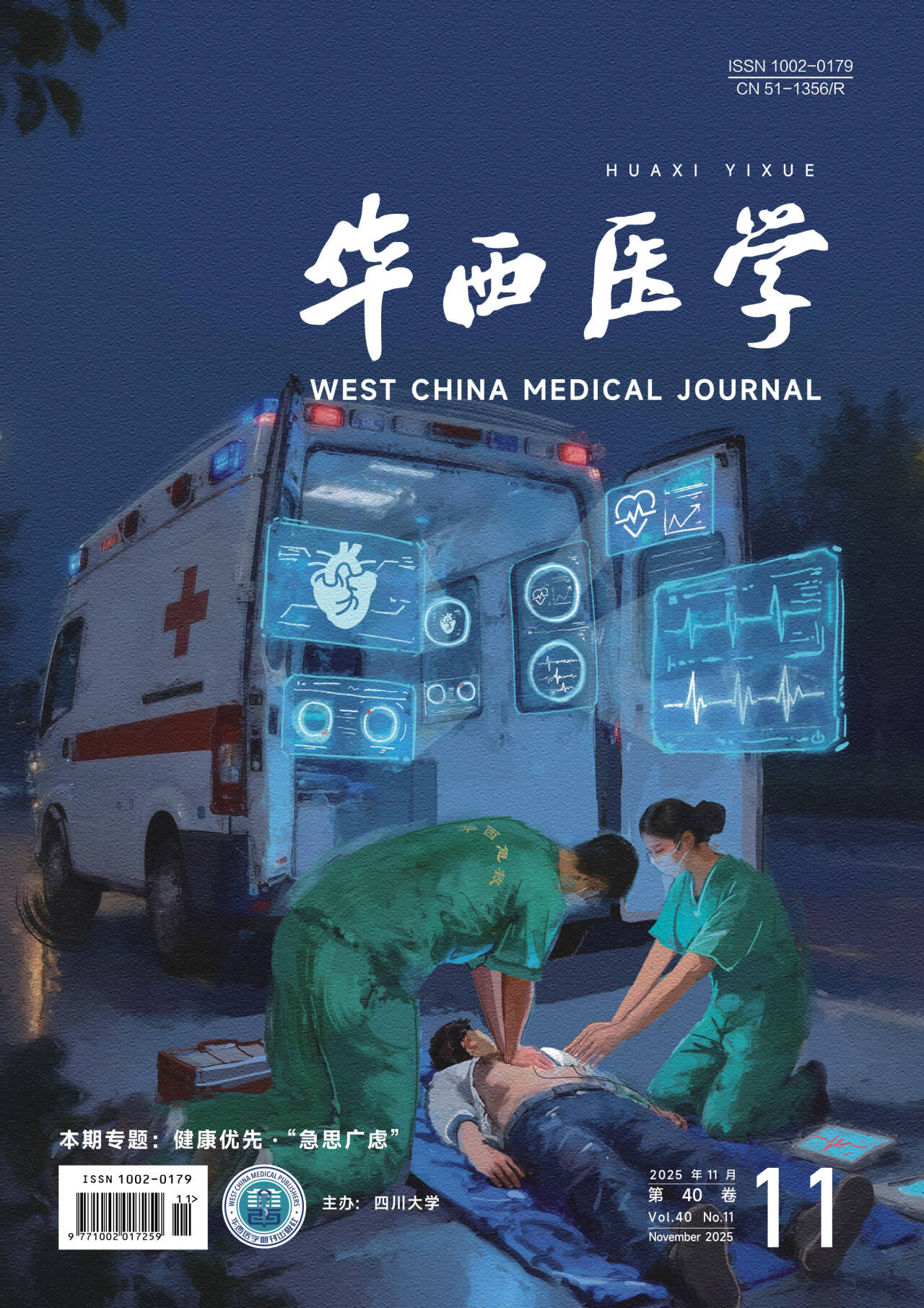目的 研究氯胺酮能否降低咪達唑侖誘導急診危重患者氣管插管對血壓的影響。 方法 將2010年6月-2011年12月收治的56例急診危重呼吸衰竭成年患者,隨機分成咪達唑侖+芬太尼(MF)組和咪達唑侖+氯胺酮(MK)組,氣管插管前咪達唑侖0.05 mg/kg靜脈注入,然后MF組芬太尼2 μg/kg靜脈注入,MK組氯胺酮0.5 mg/kg靜脈注入,待患者達鎮靜狀態后實施氣管插管。記錄用藥前和插管后10 min的收縮壓(SBP)、舒張壓(DBP)、平均動脈壓(MAP)、心率(HR)的變化,觀察低血壓的發生情況。 結果 實施藥物誘導氣管插管后血壓下降以MF組更明顯(P<0.01)。低血壓發生率MF組為51.7%,MK組為18.5%,兩組比較差異有統計學意義(χ2=6.715,P=0.01)。 結論 急診危重患者氣管插管應用氯胺酮可減少咪達唑侖所致低血壓的發生率。
Citation: YANG Mingquan,XIAO Guohui,LI Qang,ZHENG Gang,ZHOU Chuanzheng,ZHOU Jie,CAO Jianwei,TAN Xiaofei.. Ketamine Reduces the Influence of Midazolam-induced Emergency Intubation in Critically Ill Patients on Blood Pressure. West China Medical Journal, 2013, 28(4): 560-562. doi: 10.7507/1002-0179.20130178 Copy
Copyright ? the editorial department of West China Medical Journal of West China Medical Publisher. All rights reserved




